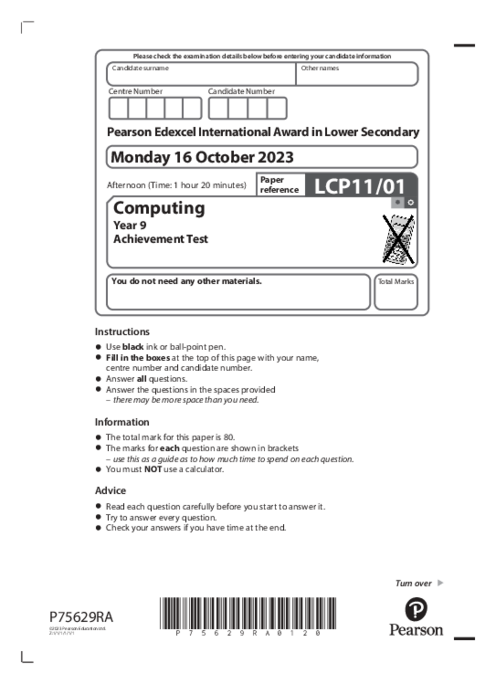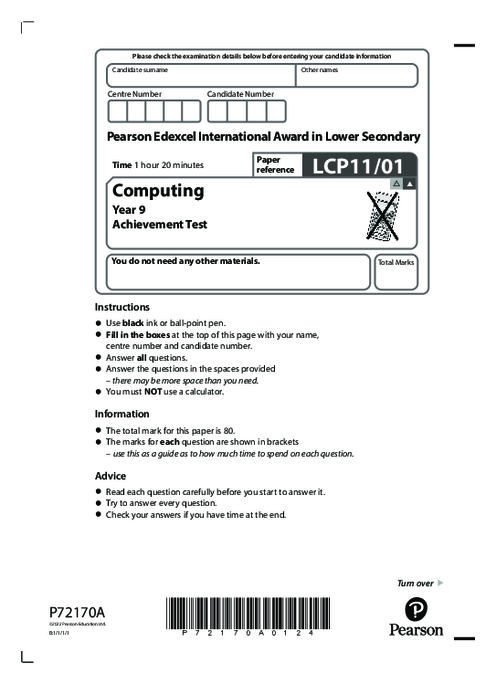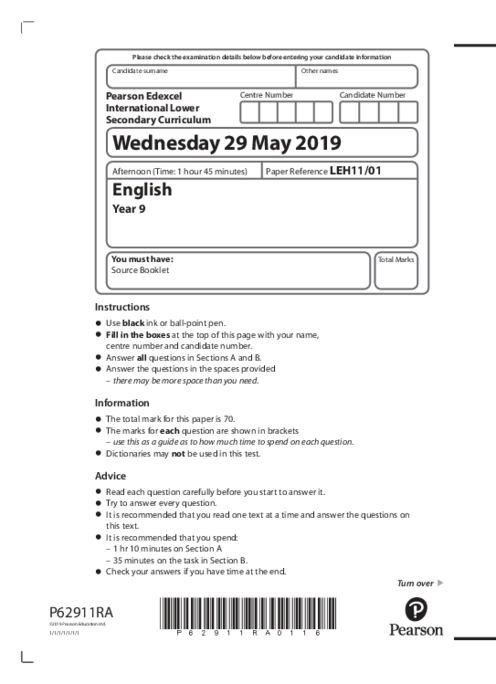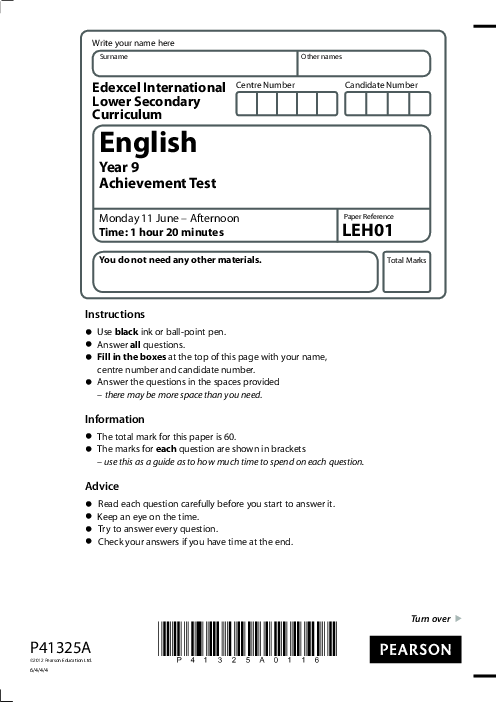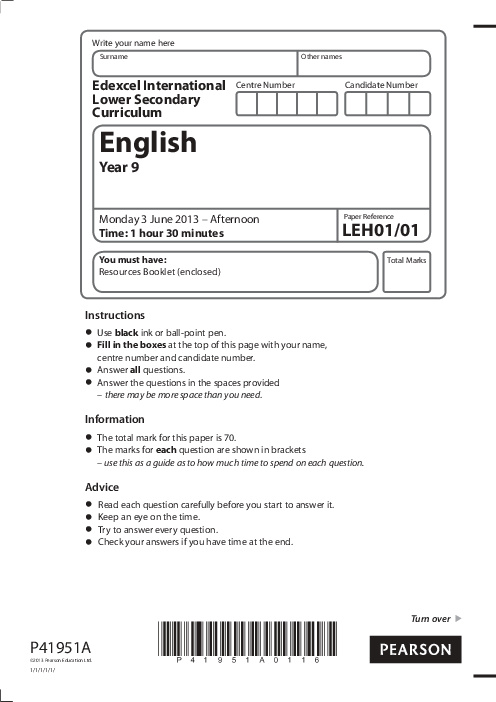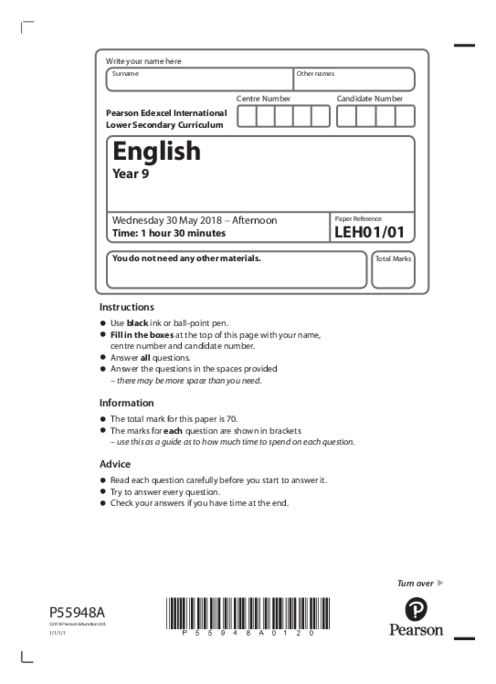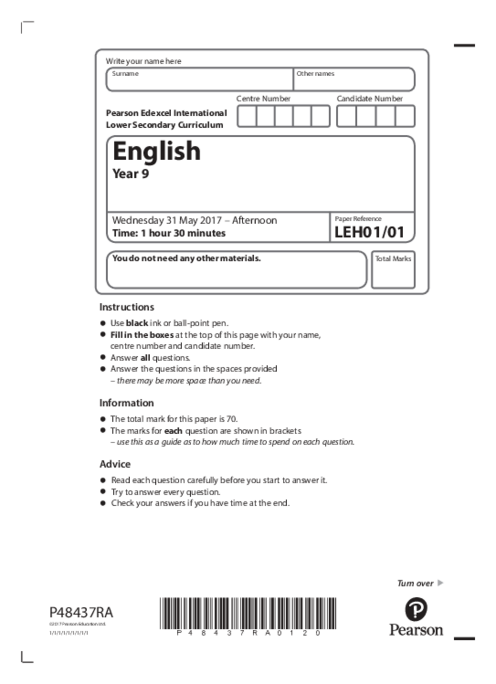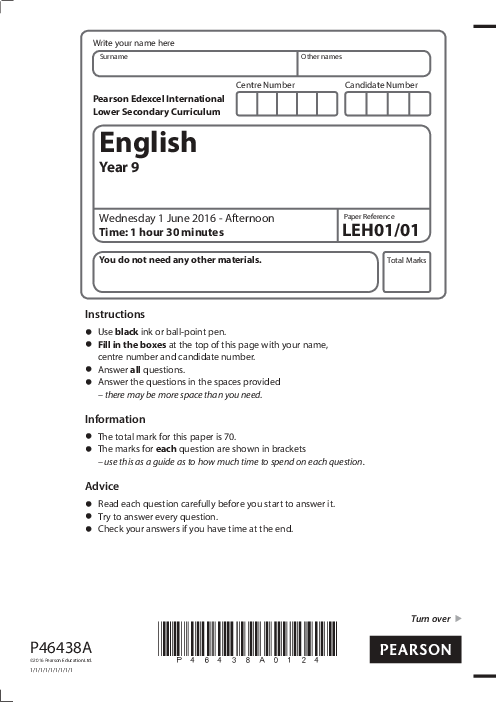English LEH11,01 June 2022
1. Wolf Behavior and Human Interaction – Introducing children to wolves, understanding wolf social structures, and observing wolf communication methods.
2. Grammar and Sentence Structure – Identifying synonyms, correcting sentence formations, and using punctuation effectively in writing.
3. Vocabulary and Literary Devices – Understanding figurative language, analyzing descriptive writing techniques, and interpreting emotional tones in the text.
4. Comparative Text Analysis – Evaluating differences between factual and fictional accounts of wolves, exploring narrative styles, and discussing engagement techniques.
5. Reading Comprehension and Interpretation – Recognizing main ideas, making inferences about animal behavior, and understanding the significance of wolves in literature.
6. Creative Writing Task – Writing about a real or imaginary encounter with a wild animal, focusing on emotions, setting descriptions, and storytelling structure.
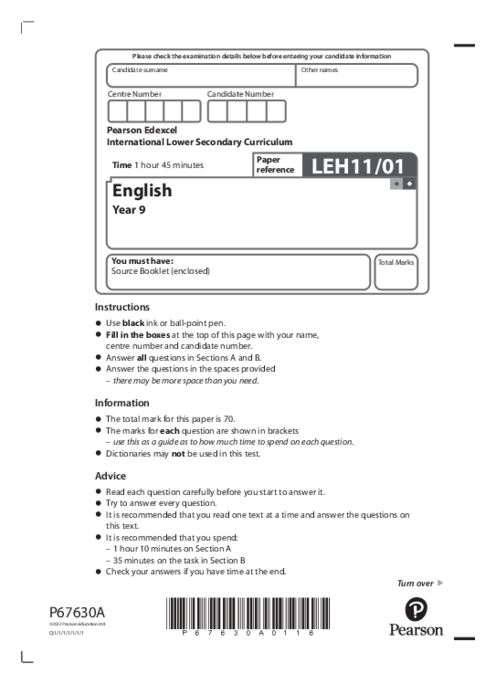
باز نشر محتواها در فضای مجازی، ممنوع است.

